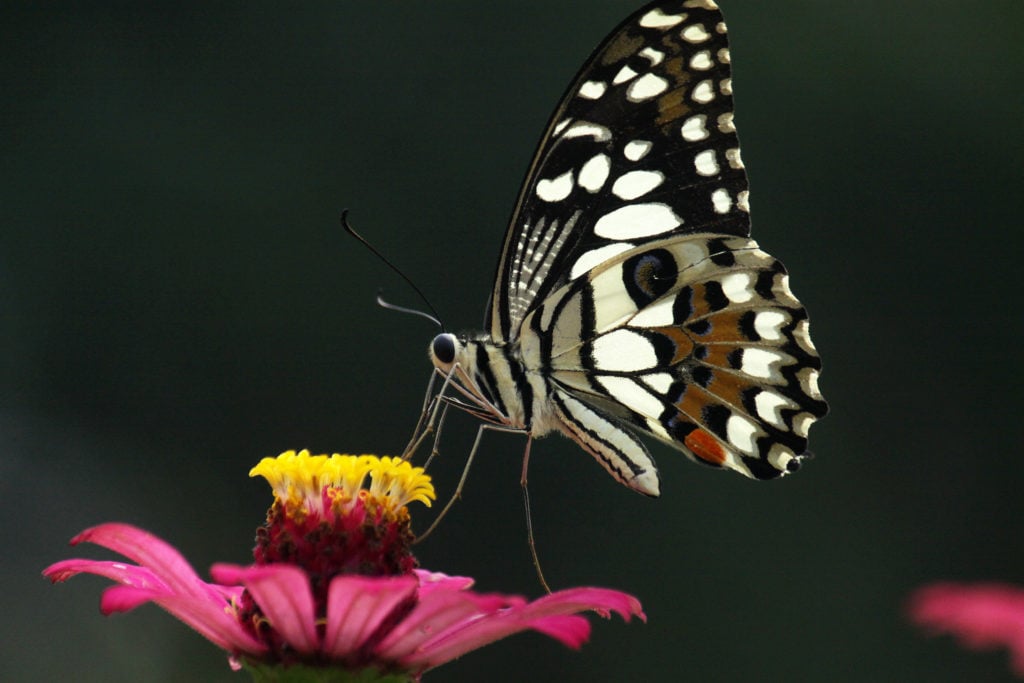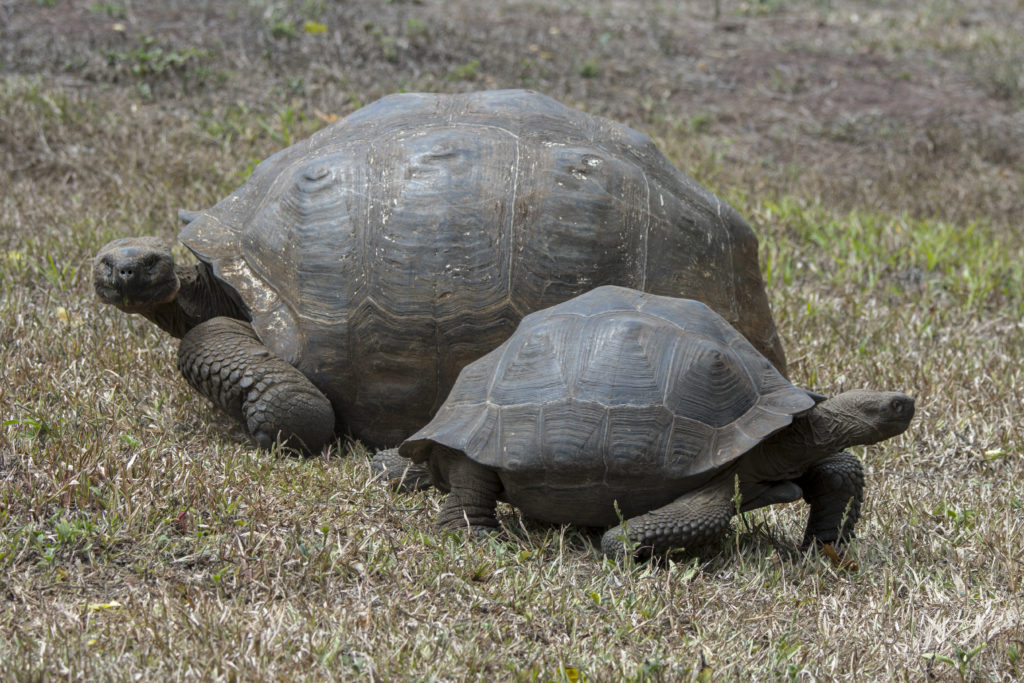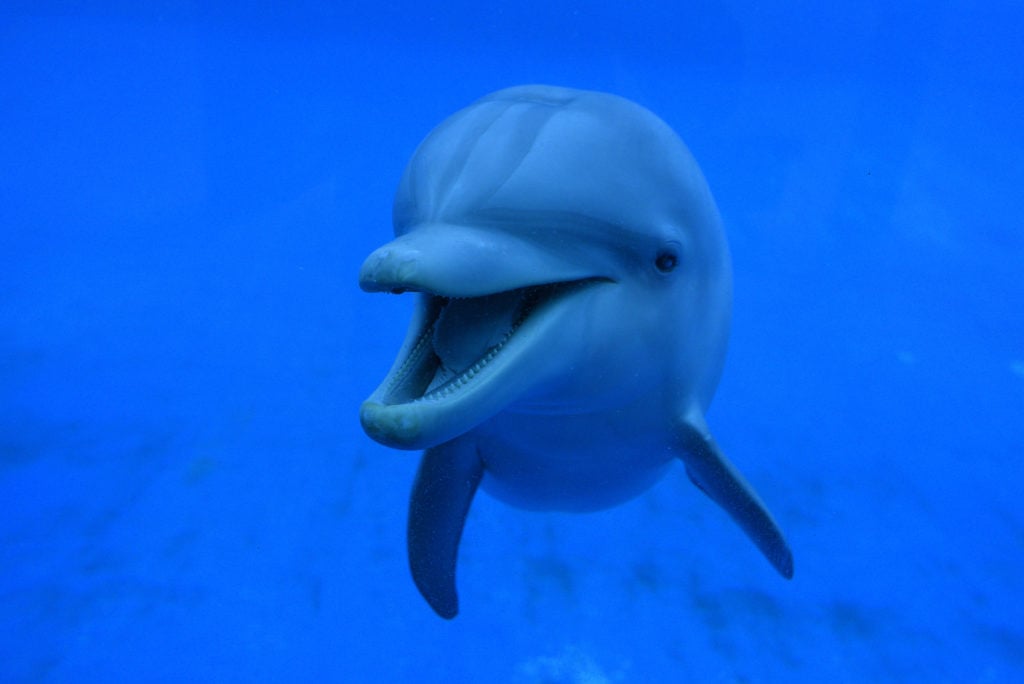Andy Warhol Was a Defender of Endangered Species? A Look at the Pop Artist as You’ve Never Seen Him Before


Artnet Auctions

Who knew Warhol was such an environmentalist? In the 1980s, Warhol embarked on multiple collaborations with conservationists and created colorful portraits of animals in his signature color-block style. Capturing the spirit of these near-extinct species, Warhol eloquently expressed the tragedy of their imminent loss and encouraged pathos—and renewed commitment to their survival—in his audience. The resulting Vanishing Animals series, which Warhol produced in collaboration with conservationist Kurt Benirschke, features such diverse creatures as the okapi, Galapagos tortoise, and mouse armadillo.
artnet Auctions is pleased to offer a selection of these exceptional works in a new online auction, “WARHOL: Vanishing Animals,” which runs from February 27 through March 7. In honor of the occasion, we decided to take a step back and look at the animals from a conservationist’s lens—their significance within our ecosystem, and how efforts to ensure their survival have fared since Warhol first depicted them in the 1980s.
Here, we’ve paired our appreciation of these artworks with contributions from the staff of the Animal Welfare Institute. In the excerpts below, they describe the urgent situation these creatures still face—meaning that, sadly, Warhol’s effort to draw attention to their conservation is more relevant than ever.

Butterflies pearch on the flowers in Wanasari Village, Cibitung sub-district, West Java Province. Photo: Aditya Irawan/NurPhoto via Getty Images.
Warhol chose to depict this stunning array of these critters in rich blue enhanced with near-glowing orange highlights, resulting in a uniquely vibrant and kinetic artwork. In the writing that the artist produced with Dr. Benirschke to accompany the piece, they aptly describe butterflies as “jewels of the sky” that will “provide you with endless pleasure if given enough attention.”
Though at the time Warhol and Dr. Benirschke worked together, the rise of animal research and butterfly “houses” in Europe set the tone for worldwide protection efforts, their continued survival remains tenuous—especially for the monarch butterfly, which appears to be among the species Warhol depicted.
From the Animal Welfare Institute:
Sadly, butterflies are not a conservation success story. Butterflies appear to be caught up in what Scientific American has called the “insect Armageddon,” a rapid and terrifying crash in insect species biomass.
The monarch butterfly is a stark example. From an estimated 4.5 million monarchs overwintering in California in the 1980s when Warhol created this work, the population had plunged an estimated 97 percent—to fewer than 193,000—by 2017.
The loss of the monarch and other insects has broad implications for other species, including humans. Butterflies and other insects play key roles in ecosystems, including human agricultural systems, by pollinating plants and providing sustenance for birds, small animals, and other insects. A 2016 report by the Intergovernmental Science-Policy Platform on Biodiversity and Ecosystem Services on the importance of pollinators noted the annual value of global crops directly affected by pollinators was between $235 billion and $577 billion.

Giant Galapagos tortoises in the highlands of Santa Cruz Island in the Galapagos Islands, Ecuador. Photo: Avalon/UIG via Getty Images.
Here the tortoise is rendered in striking swaths of thick black lines and the unusual palette of red, purples, pink, and gray, a combination that almost appears to vibrate.
Warhol imbues the animal with notable dignity, emphasizing its elongated neck and surprisingly expressive face—a lovable creature that nevertheless did not attract sympathy or concerted conservation efforts until well into the 20th century, as the Animal Welfare Institute outlines below.
From the Animal Welfare Institute:
The Galapagos Islands were named for the giant, saddle-backed tortoises who lived there. Before European sailing ships arrived in the 19th century, tortoises in their myriad forms were plentiful on the Galapagos Islands.
The tortoises were quickly overwhelmed by sailors, who saw them as an easily obtained source of meat for their journeys. Even as hunting caused tortoise numbers to plummet, their habitat was being overrun by voracious goats introduced from the mainland.
The persistent exploitation of Galapagos tortoises, spanning two centuries, has resulted in the loss of 100,000 to 200,000 animals, according to the Galapagos Conservancy. Three of the 15 Galapagos species have been extinct for some time, and a fourth species, the Pinto Island tortoise, lost its last member when “Lonesome George” died in 2012. Today, the remaining 11 species are forced to compete for habitat and food with goats and other large animals, while rats, pigs, and ants prey on their eggs and hatchlings.
Last week, conservationists spotted an adult female Fernandina giant tortoise—the first living member of that species seen in 110 years—at the Galápagos National Park.

A female baby dolphin in an Aquarium at a Madrid zoo. Photo: Jorge Sanz/SOPA Images/LightRocket via Getty Images.
The elegant and serene motion of the dolphin in Warhol’s work is highlighted by sweeping outlines and broad negative space. By limiting his palette in this nuanced collage—and leaving the majority of this piece a creamy white—Warhol makes the creature appear to almost fly across the page in what is one of the series’ most understated and poetic works.
From the Animal Welfare Institute:
Shy, evasive, and rarely seen by humans, these slender river dolphins are listed as vulnerable by the International Union for Conservation of Nature—largely due to accidental entanglement in gillnets, which causes them to drown.
There is no reliable estimate of the current population size of La Plata dolphins; the expansion of gillnet fisheries is expected to only accelerate their decline. More recently, these sluggish swimmers with poor eyesight were found to be ingesting fishing debris, cellophane, and plastics. According to the U.S. National Atmospheric and Oceanographic Administration, 80 percent of pollution to the marine environment worldwide emanates from land-based sources, such as runoff.
Many populations of small cetaceans are categorized as vulnerable or endangered. Some, like the vaquita of the Gulf of California, are critically endangered. Others, such as the baiji (also known as the Yangtze River dolphin), have been declared extinct within the past decade. Compounding the problems faced by some species is the lack of solid scientific data on their status, diminishing the prospects for successful recovery efforts.
In 2016, the International Whaling Commission adopted a conservation management plan for the La Plata dolphin. Its overall aim is to protect the dolphin’s habitat and minimize bycatch threats.
Find more artworks from this series and bid for a chance to collect on artnet Auctions. “WARHOL: Vanishing Animals” is live for bidding now through March 7.
Staffers from the Animal Welfare Institute (AWI) in Washington, DC contributed these descriptions, which have been edited and condensed. AWI (www.awionline.org) is a nonprofit charitable organization founded in 1951 and dedicated to reducing animal suffering caused by people. AWI engages policymakers, scientists, industry, and the public to achieve better treatment of animals everywhere—in the laboratory, on the farm, in commerce, at home, and in the wild. Follow them on Facebook, Twitter and Instagram for updates and other important animal protection updates.